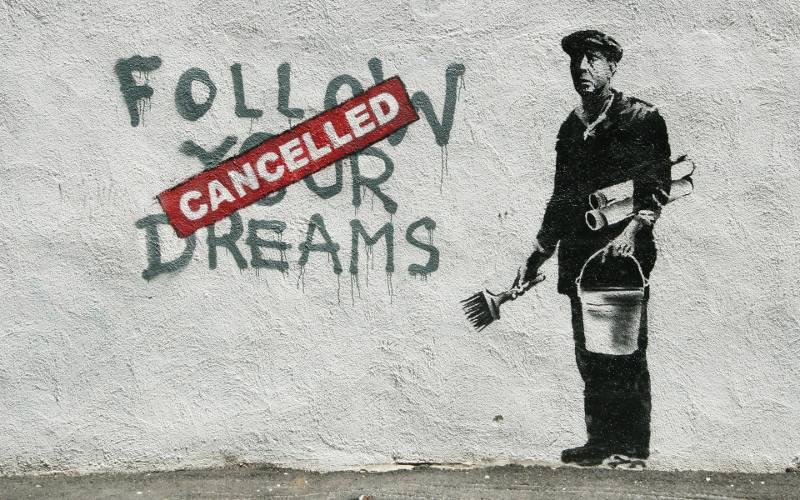Love it or hate it, street art is here to stay. All around the world, street artists are expressing their individual style on the blank canvases that their city streets throw their way. While the artform has gained more traction in recent years, it is hardly a new concept and by looking a little further back into history, you can easily plot the birth of the new creative style.
Painted pieces and murals might be what you consider as street art but in fact, the very first examples of the style were put forward in a series of etchings. As far back as Ancient Rome, there is evidence of early graffiti, presented in a series of historic stone scratchings. While Roman graffiti is clearly different from the colorful displays we are used to seeing, it served a similar person, marking the presence of an individual on the streets.
While historical graffiti like this crops up again and again throughout the ages, urban painting as we know it today really came to life during the 1960s, in the heart of New York. Using the passing trains as their canvas, painters from Washington Heights would tag the carriages with their name in order to see their identity pass by the streets of the city. The first case of this kind of art, created by a street artist who called himself Taki 183, soon spread around the city and it wasn’t long before other creatives were doing the same thing.
Street art has always been about identity and while it might have changed over the years, its premise has always remained the same. The concept of tagging might have pushed street art to where it is today and with the realization that they could make a name for themselves wherever they were, artists soon turned to white buildings to develop their style. There were further developments, too and soon after its birth in the 1960s, graffiti artists turned to stencils as a way of quickly leaving their mark wherever they went in the city. This kind of style also paved the way for colorful designs and pattern layering, which began to evolve and grow.
Just 10 years after it first hit the streets, graffiti developed into something more complex and during the 1970s, artists turned their attention to murals and mammoth designs. Given the social uprising at the time, street art soon developed into a channel through which political and cultural messages could be spread, sending an idea to a mass audience through a simple design. Ever since, many street artists have used the form to this end, spreading messages throughout the world through a number of well thought out pieces.
Now, street art has taken on a life of its own and to many, it is worthy of further appreciation. As well as following tours of certain artists, many fans have chosen to hang replications of their favorite graffiti inside their own homes, completely reversing the start of the street art trend. Whatever the point in history, street art is all about identity and the right to have your voice heard. From its Roman etchings right through to the present day, street art has reminded the world that people exist, that they have ideas and it is perhaps because of this that it is so enduring.




